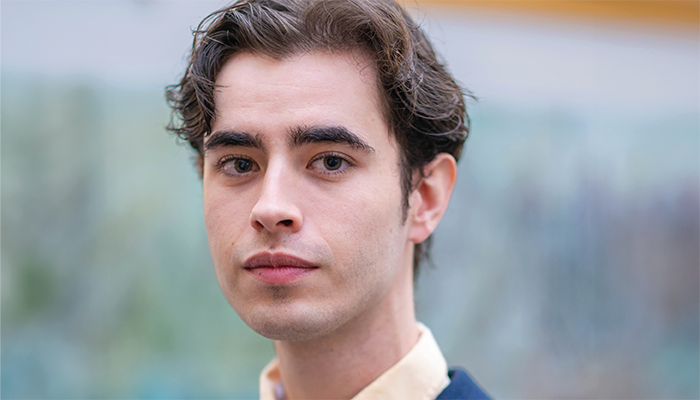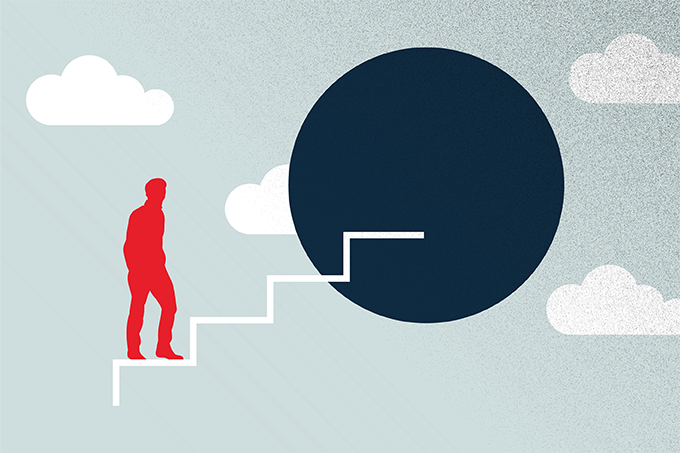
Before boarding the airplane heading for my fourth observership, I check my emails and instinctively expect to see a message saying something along the lines of, “We apologize for the inconvenience, but your experience with us is no longer available.” As an international student, I understand that every observership I’ve obtained has been due to a combination of my own hard work and being in the right place at the right time – and not something to be taken for granted. For me, it is an invaluable training experience; for most programs, I am just another student – and a foreign one at that.
Some countries take an international approach, allowing students to apply for rotations in the US through systems like the Visiting Student Learning Opportunities (VSLO). However, others remain reluctant to support students in experiencing the American healthcare system. Some educational institutions are so opposed that they even refuse to become a home medical school in the VSLO network, even when the student offers to cover all fees. Unfortunately, this is not a hypothetical scenario – it’s my own personal experience.
Many of my fellow medical students are interested in experiencing healthcare systems outside of Europe, but the opportunities are so scarce that many give up hope and refrain from looking further. As a result, I’m the only student out of over 350 in my year that has taken the risk to step into the abyss and pursue training in the hopes of reaching residency in the US. Through my experiences of observership, I hope to encourage others to advance their ambitions.
Finances
I must be clear from the beginning: this process is expensive. Many people tend to fall at this first hurdle, unable to afford the high costs of these learning experiences. No matter the residing country or background of the international medical student, the reality of living in the US (albeit for a short period of time) requires a significant investment that many cannot afford.
It’s important that prospective students are certain that this is the path for them before sinking a large sum of money into this experience. It could be that the US healthcare system isn’t the right fit for you – and that’s perfectly fine! However, if you decide to take the plunge and continue your training in the US, it’s imperative that you consider the time, money, and commitment this path demands.
Agencies
You’ve decided the US healthcare system is the right fit for you and now it’s time to gain as much experience as possible – but how? Most university-based host institutions, which offer the most valuable learning experiences, only accept international students from participating VSLO medical schools. This means thousands of eager international medical students are denied consideration from the get-go.
This is where agencies come in. Agencies establish agreements, mostly with private practice physicians, and act as a bridge to expose international medical students to American practice. This approach is often the easiest for those individuals without connections in the US or without prior experience. Agencies usually help with paperwork, including visas, and the physician being shadowed is generally expected to provide a letter of recommendation for the student’s match application.
However, there are several disadvantages of agencies:
Costs are often higher than direct arrangements with the hosting institution.
You are not selected to shadow the clinician on merit; you are there because you paid, and residency program directors know this.
The letter of recommendation is often generic, as private practice physicians tend to have multiple students shadowing them and may not identify your stand out features.
Experience with teaching institutions, which run the VSLO system, is seen as more valuable on your resume. These institutions can select students who best fit the learning experience and are generally more skilled at teaching.
Unfortunately, agencies may be the only option for some students – in fact, my first experience was through an agency. However, you can make the most of it by learning as much as possible and asking other students for advice on programs that accept students outside the VSLO system. It can also be useful to visit nearby teaching institutions for a day, getting an idea of the program's dynamics, and an opportunity to network, without committing to a full rotation.

Networking
With one experience under your belt, you should find the road a little easier. A lot of this is down to the contacts you’ve made, some of which could connect you with teaching hospitals. You’ll also have all the basic paperwork covered from your first observership.
Throughout your developmental period, networking will remain essential at every step of the process. Some doctors are eager to help international students so long as they’re confident in their abilities – something that will grow with your rotations. There are thousands of interested international medical students and only a few available spots each year. This makes networking even more crucial; having someone willing to vouch for you could be the key to your success.
Of course, it’s still important to do your best, no matter what stage you’re at. There’s been an arduous process behind the scenes to allow international students access to medical practices. With this in mind, ensure that you grasp each opportunity that comes your way with both hands: learn as much as you can, provide insights that may only be accessible through an international student, and be respectful of others' work throughout. One or more physicians have actively obtained a rotation for you, which means you’re also representing them alongside yourself – heightening the expectation of excellent performance.
Final thoughts
International medical students face numerous challenges in securing observerships and rotations in the US, yet these experiences are invaluable for their training and career aspirations. My journey has shown that perseverance, networking, and sometimes agency assistance are crucial for overcoming these obstacles. Both American and international medical institutions must foster cooperation and create more accessible pathways for international students. This collaboration will enrich the medical profession globally, allowing diverse perspectives and expertise to enhance patient care and medical education worldwide.




